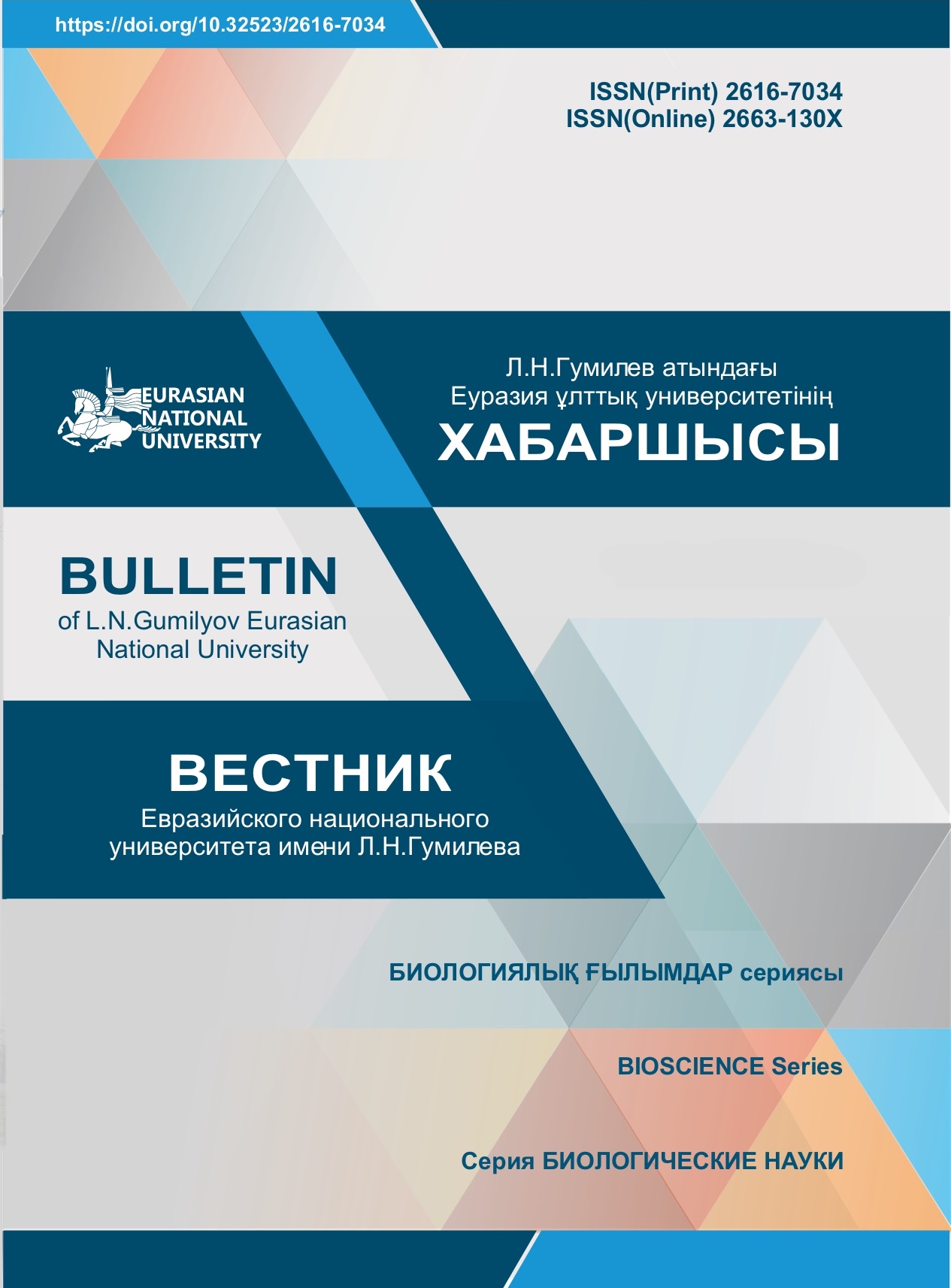Biоgеоchеmicаl rоlе еаrthwоrms in sоil еcоsystеms. А briеf histоry оf rеsеаrch аnd mоdеrn cоncерts
Views: 331 / PDF downloads: 602
Abstract
There has been analyzed Russian and world scientific literature devoted to the study of the role of earthworms in biogeochemical and agroecological processes in the article. The article briefly considers retrospective studies of the soil-forming properties of this group of organisms. Currently, the most significant biogeochemical aspects of the life activity of earthworms of different species include the ability to produce calcium carbonate granules and single calcite crystals. The leading role in this process is played by the calcium glands of earthworms. The carbonate granules produced by earthworms show variations in morphological characteristics due to genus, species, and population specificity. Worms of the genus Lumbricus produce clearly visible, large carbonate granules, while most species of Eisenia produce no granules at all, excreting single crystals of calcite. Carbonate granules produced by earthworms can remain in the soil for a long time, up to several tens of thousands of years. The duration of the existence of carbonate granules in the soil depends on the level of saturation of the soil solution with calcite. Carbonate granules produced by earthworms can account for tenths to one percent of soil carbon reserves, on the order of a few percent of gross calcium reserves, and tens of percent of total exchangeable calcium in soils. Replenishment of the soil carbon and calcium pool is the most important biogeochemical function of earthworms at the biosphere scale.








